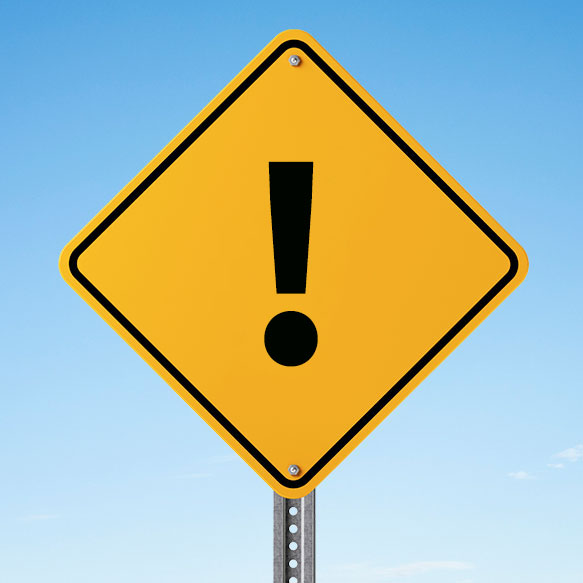Home » Bugs » Lawn Pests »
Active Seasons



Spiraling Whitefly Appearance and Size Facts
As a relatively new species with its first reported Florida appearance in 2009, spiraling whiteflies pose a great threat to homeowners. Their appetite for plants can be the source of many Florida homeowners’ headaches. However, with the right information, our team at Hulett Environmental Services can help you identify and remove your spiraling whitefly infestation.
To start, here are some common facts and characteristics of spiraling whiteflies:
- Size. They’re roughly 2.2 millimeters long.
- Color. They have a white-yellowish color with brown bands around their wings.
- Shape. They have a long body with a needle-like mouthpart.
- Wings. They have two pairs of wings attached for flight.
Identifying Spiraling Whiteflies From Other Whiteflies
The way to differentiate spiraling whiteflies from other whiteflies is through their size. They’re roughly three times larger and closely resemble small moths. However, even with their larger size in comparison, they’re still generally tiny and hard to identify alone. If you think you have a spiraling whitefly infestation, don’t wait. Call a professional pest control specialist for help.
We provide pest treatment for spiraling whiteflies in the following locations and their surrounding areas:

Behavior and Habitat of Spiraling Whiteflies
Spiraling whiteflies have many host plants to feed from, including palms, woody ornamentals, and fruits. They wander around and feed on the underside of leaves with their needlelike mouthparts. They produce and leave behind a sticky excrement called honeydew, which coats everything below in a sap-like mess.
For reproduction, eggs are left in spirals on the underside of leaves, hence their name. Nymphs are left non-mobile and feeding, typically found to be oval and flat in shape. As they mature, they gain the capability to fly and crawl, but they’re traditionally much slower than other whiteflies.

Signs of Infestation of Spiraling Whiteflies
Some common signs of a spiraling whitefly infestation are the increased presence of honeydew and sooty mold around your home’s landscape. Another common sign is the presence of egg masses near non-host plants. If you see any of these signs of a spiraling whitefly infestation, make sure to take immediate action.

Tips for Prevention of Spiraling Whiteflies
It can be extremely difficult to control spiraling whiteflies once they enter your home. However, there are ways you can better detect and prevent an infestation from occurring. Monitor your landscape plants regularly for any signs of an infestation. After all, it’s better to prevent a spiraling whitefly infestation from happening than control an existing infestation.
Getting Rid of Spiraling Whiteflies
Once a spiraling whitefly infestation is in your home, it’s next to impossible to remove on your own. For the most effective results in spiraling whitefly removal, turn to professional pest control services, such as the ones offered through Hulett. Whether you need residential pest control or commercial pest control, our team can get the job done in ways DIY methods can’t.
Effective Spiraling Whitefly Control Solutions
Struggling with a spiraling whitefly infestation? Just call Hulett for the best spiraling whitefly control services in Florida. With a wide range of preventive treatments for your home and lawn, our team of technicians is ready to tackle your spiraling whitefly problem head on. Schedule your free inspection online, or give our team a call today!




